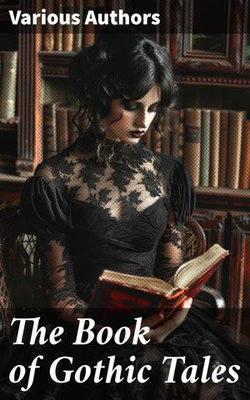The Book of Gothic Tales offers a diverse and poignant exploration into the world of Gothic storytelling, collecting numerous treasures from the pantheon of influential authors who have shaped this haunting genre. Through tales steeped in mystery, horror, and romanticism, this anthology delves into the intricate tapestries of human emotion and the sublime. The collection spans a vast array of literary styles, from the chilling atmospheres conjured by Edgar Allan Poe to the nuanced character studies in the tales of Henry James. Standout stories challenge the boundaries between the real and the supernatural, immersing the reader in a world where moonlit castles, ghostly whispers, and untamed passions reign supreme. The anthology is enriched by the profound insights and distinctive voices of the various authors, each contributing a unique narrative strand to the Gothic tradition. The literary tapestry woven by the likes of Mary Shelley and Charlotte Brontë reflects vital movements including Romanticism and early feminism, together with the existential inquiries posed by authors such as Victor Hugo and Guy de Maupassant. This eclectic gathering of voices spans continents and centuries, providing a diverse forum for reflection on universal human fears and desires. The Book of Gothic Tales is a treasure for readers seeking to immerse themselves in the depth and breadth of Gothic literature. This collection not only enlightens but also entertains with its unending variety of themes and styles, each piece contributing to a larger dialogue about the human condition. It is a vital resource for anyone interested in the genre's development and its ongoing influence on literature and culture, offering an unparalleled journey through the shadowed reaches of the literary imagination.



Share This eBook: